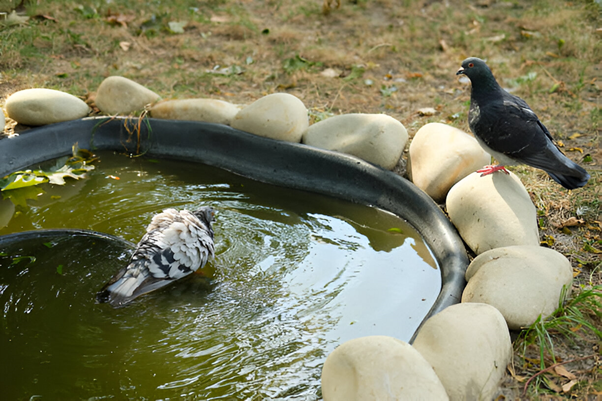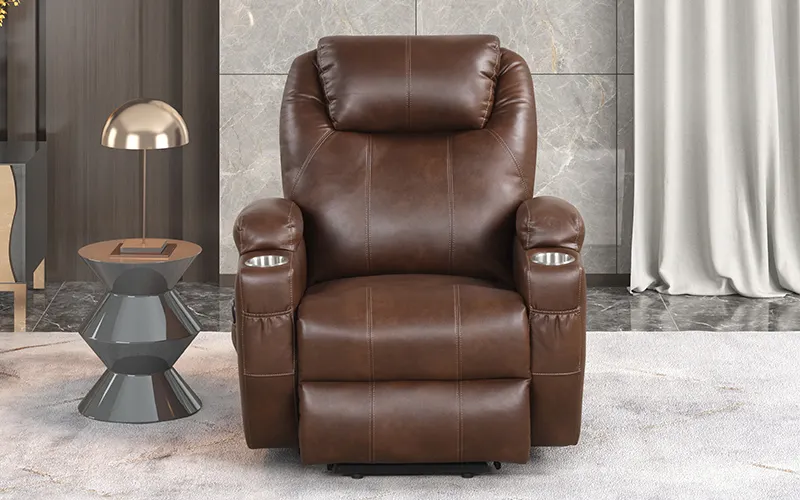Aftercare and Maintenance of Vinyl Flooring
- Vacuum or sweep the regularly to remove dirt and debris.
- Mop the floor with a mild cleanser and warm water. Make sure to rinse the floor with clean water afterward to remove any soap residue.
- Apply a vinyl floor wax or polish every few months to help protect the floor and keep it looking its best.
- Repair any rips, tears, or damage as soon as possible.
- Avoid using harsh chemicals or abrasive cleaning materials on the vinyl flooring. This can cause discoloration and damage.
- Place mats at all exterior doors to minimize dirt and debris from being tracked onto the vinyl floor.
- Place furniture pads under furniture legs to minimize scratches and scuffs.
- Use floor protectors when moving heavy furniture or appliances.
Installation Process for Vinyl Flooring
- Prepare the Subfloor: First, the subfloor must be properly prepared by checking for any defects, and either repairing or replacing any damaged sections.
- Install Underlayment: Roll out the underlayment, leaving a 1/4-inch gap around the perimeter of the room. Secure the underlayment with nails or staples.
- Cut Vinyl Planks: Measure and cut the vinyl planks to fit the room, using a sharp utility knife.
- Lay the Planks: Begin laying the planks from the center of the room, working outward. Place a small bead of adhesive along the edge of the plank and press it firmly into place.
- Secure the Planks: Secure the planks together by tapping them together with a rubber mallet. Make sure to leave a 1/8-inch space between each plank to allow for expansion and contraction.
- Seal the Seams: Apply a vinyl seam sealer along all the seams to ensure a water-tight seal. Allow the sealer to dry before continuing.
- Trim and Finish: Trim and sand any protruding edges and then clean the floor with a damp mop.
Preparing for installation of vinyl flooring
- Remove existing flooring: Take the necessary steps to remove your existing flooring. This may include pulling up carpet, removing tile, or lifting existing vinyl.
- Clean and level the subfloor: Clean the subfloor and use a level to make sure it is even.
- Measure and plan the installation: Measure the space to determine the amount of vinyl needed. Make sure to leave a few extra inches to account for cutting and trimming.
- Prepare the subfloor: Spread a thin layer of adhesive on the subfloor for the vinyl to adhere to.
- Cut and install the vinyl: Cut the vinyl to fit the space and install it. Use a roller to ensure that the vinyl properly adheres.
- Trim and seal the edges: Use a trim knife to trim off any excess vinyl and seal the edges with adhesive. 7. Clean up the area: Vacuum the area and make sure all the excess adhesive is cleaned up.
Preparing vinyl flooring
- Clear the area: Start by clearing the area and removing any furniture, rugs, and other items.
- Smooth the surface: Make sure the subfloor is smooth and level. Sand down any bumps and fill in any holes with wood putty.
- Install the vapor barrier: Install a vapor barrier or moisture barrier to prevent water damage.
- Place the vinyl flooring: Lay out the vinyl flooring and cut it to fit the space.
- Secure the flooring: Use adhesive to secure the vinyl flooring to the subfloor.
- Clean up: Vacuum up any dust and debris.



